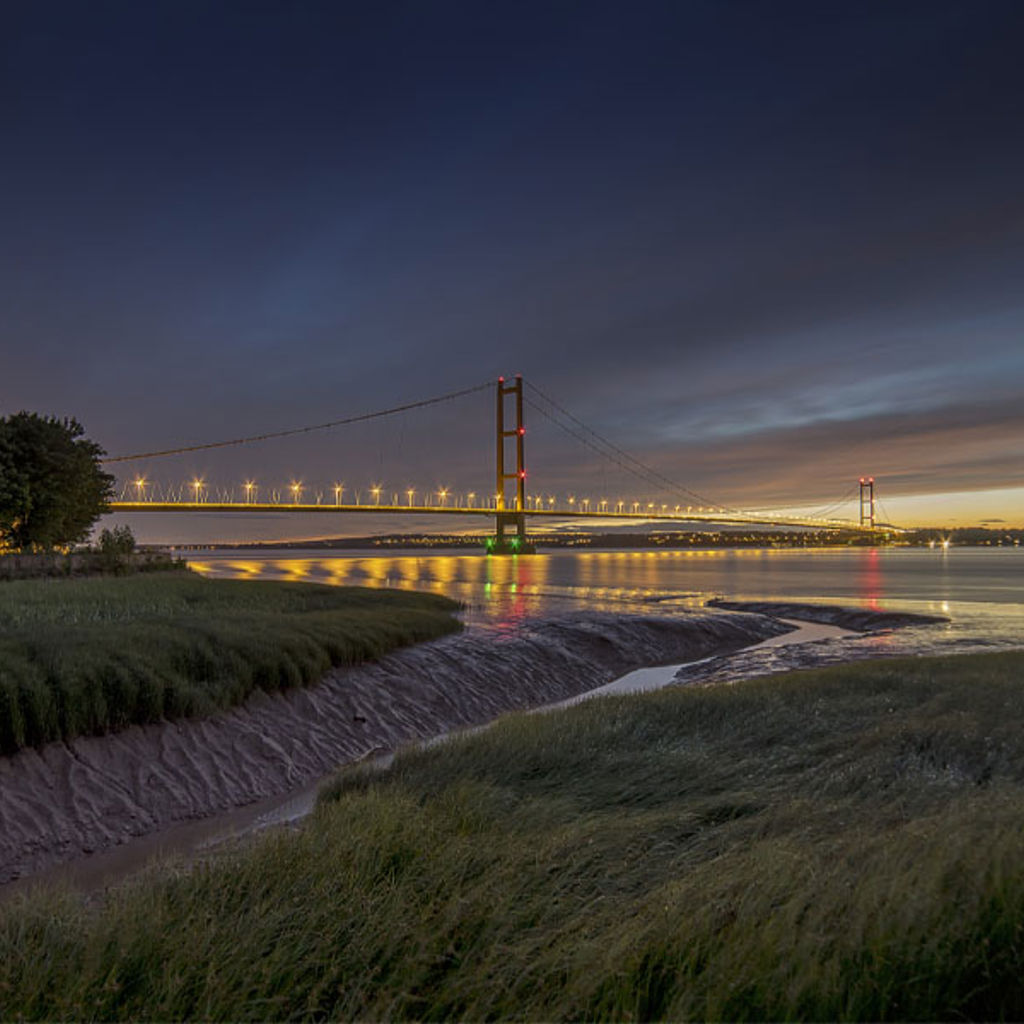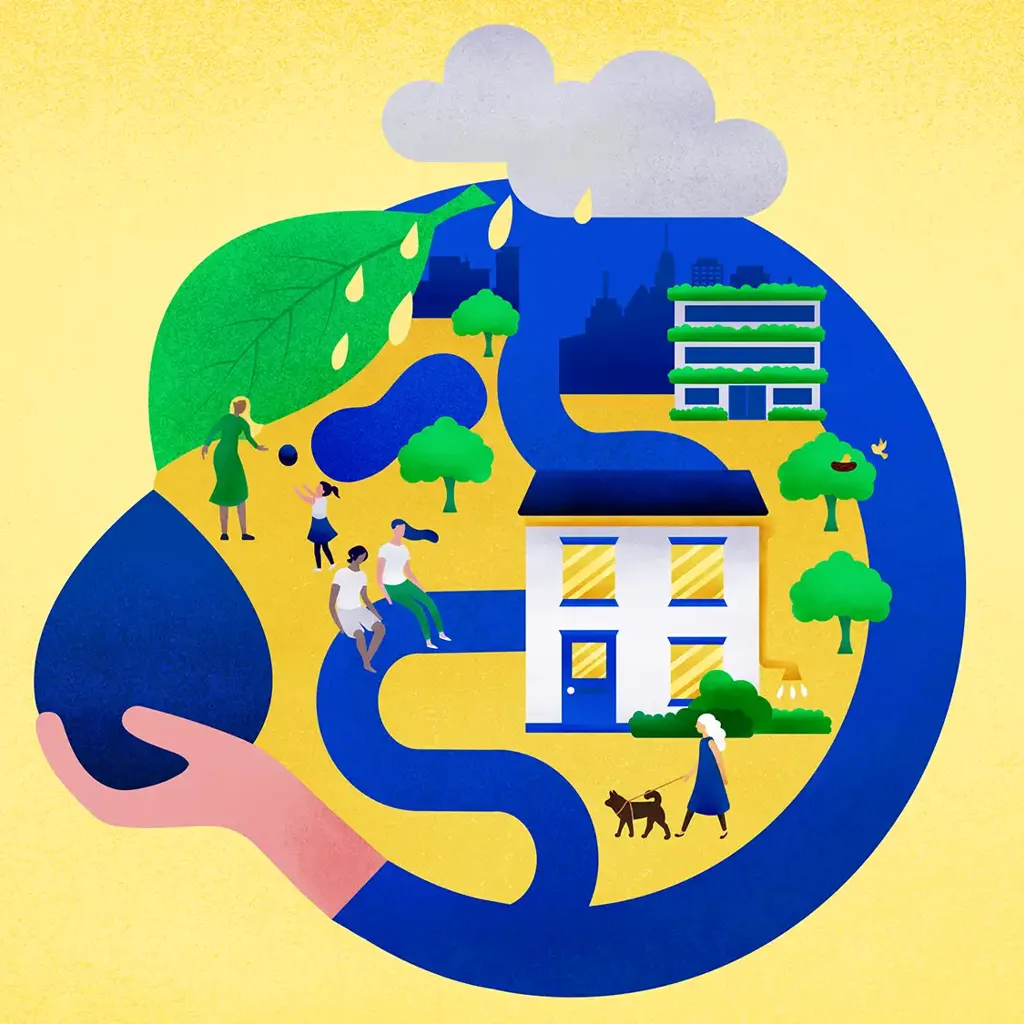Summer 2021 has saw an unprecedented level of flooding across the world. In July, in Germany and Belgium, over 200 people died and hundreds were injured as supercharged rainstorms deluged towns with record-breaking rainfall.
Across Europe, thousands of homes were destroyed and their occupants and communities traumatised. A brief scan of the FloodList website indicates that this intense summer flooding has been happening everywhere, from the USA to Italy, from China to India and Bangladesh – another difficult ‘new normal’ to which we must respond.
In this era of climate change, flooding poses increasingly tough questions about the way we live, how we design our cities and the built environment we depend on. We have seen how fragile civilisation is, and that in poor and wealthy countries alike, there are many unforeseen vulnerabilities to flooding’s growing power and regularity. As the recent experience in northern Europe demonstrates, even with well-funded and competent weather forecasting services like the European Flood Awareness System, without well-planned adaptations in place, the impacts will be devastating.
There are no easy answers to the growing issue of flooding, but here are four ideas that should shape our future thinking and decision making about this issue.
1. Consider and model future impacts now
The effects of rising average temperatures on increasing moisture in the air are well understood. In terms of climate change, the probable scenarios are all too clear. The emerging realities of extreme storms, rainfall, rising sea levels and temperatures align with the International Governmental Panel on Climate Change modelling. Even with successful interventions to arrest CO2 emissions, the momentum in our global weather systems will take decades to reach a new equilibrium and the need to implement workable mitigations will continue.
In local and regional terms, we urgently need to define the scale of threat so that we can use these models to identify and establish local risks and vulnerabilities. This baseline understanding exists in some places but not others. We have produced digital mapping of Bahrain to illustrate the implications of future potential sea level rises by 2050 and 2100, with their likely impact on the country’s built environment and infrastructure. Digital tools are proving invaluable in this national-scale analysis effort.
2. You can’t meet the forces of nature head-on
With a multifaceted natural threat like flooding, the best strategy is to find an accommodation with nature, not attempt to erect higher and higher barriers, or rely on more and more physical infrastructure. When the origins of flooding are from heavy rainfall this means slowing the flow of water overland, providing transient storage in the landscape and making room for floodplains to work properly; flooding caused by seas and wave overtopping can be managed by waterfronts designed to absorb excess energy.
In broader terms, every land-use planning decision should also ‘make room for water’. We also recognise the need to place new development at higher levels, further from rivers, expecting that sea and river levels will continue to rise. Research shows that health benefits of people being close to open space and water are immense, both for physical and emotional wellbeing. So an additional challenge is to find harmonious ways to maintain this connection, without putting buildings and lives at risk.











